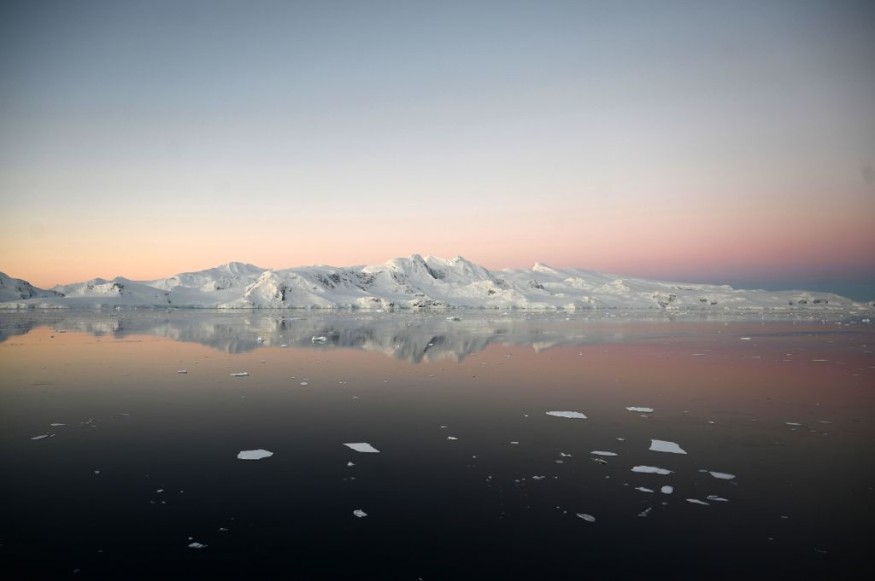Antarctica has been considered not just an icy continent in the southmost hemisphere of Earth. The polar region is also a warehouse of trapped carbon dioxide, which makes it a crucial place in the world's fight against the ongoing climate crisis.
However, a new study revealed that the carbon storage is starting to change in Antarctica.
Using an advanced new model showed the decreasing efficiency of the storage by the end of the century.
The said period also marks the crucial deadline issued by other scientists if climate change and human inaction continues.
The model describes a scenario or a potential reality in the future that may change dense water production in the Antarctic Sea.
The study indicated that this could prevent its waters to absorb carbon dioxide from the atmosphere and depositing it into the depths, in a process called deep-ocean carbon accumulation.
Carbon Storage

In a new research paper published in the journal Nature Communications on Tuesday, June 15, the study considers awareness and understanding that global warming continues to heat and how the ocean captures and stores carbon dioxide are significant.
The study's author Michael Meredith from the British Antarctic Survey in Cambridge, UK, focused on the Southern Ocean surrounding Antarctica to be important in this process of carbon dioxide exchange between the Antarctic Ocean and the atmosphere.
Meredith claimed that the said ocean region is responsible for transferring waters from the surface to the depth.
In this region, the scientist specified the Weddell Sea and other areas are important for the carbon sequestration method.
Carbon Sequestration
The geologic and climatic process of carbon storage in the study is collectively considered as carbon sequestration, which is used in scientific studies and other areas to depict the absorption of carbon dioxide from the Earth's atmosphere.
Carbon dioxide stands out as the most produced greenhouse gas.
This means that the larger the presence of carbon dioxide in the atmosphere, the more it instigates the greenhouse effect, as well as climate change and global warming.
The United States Geological Survey (USGS) defines carbon sequestration to be either a biological and geological process of acquisition and storing of atmospheric carbon dioxide.
The process is known for reducing the effects of climate change, the USGS adds.
Antarctica Climate Crisis
According to the Antarctic and Southern Ocean Coalition (ASOC), impact of the climate crisis in Antarctica has been evident in the southern polar region for decades.
In particular, the Southern Ocean has absorbed 75% of human-created excess heat, as well as 40% anthropogenic carbon dioxide.
The ASOC placed emphasis on the role of Antarctica, its ice, ecosystems, and oceans in mitigating millions of tons of carbon dioxide and slowing down global warming.
However, ocean warming and acidic oceans are damaging this landscape, which was a product millions of years of geo-climatic changes.
The coalition mentioned that the Antarctic ice shelves may collapse by 2100, leading to further global sea level rise.
While the case is evident in Antarctica, other regions of the world such as the Antarctic could also see a similar situation in the coming decades.
© 2025 NatureWorldNews.com All rights reserved. Do not reproduce without permission.





